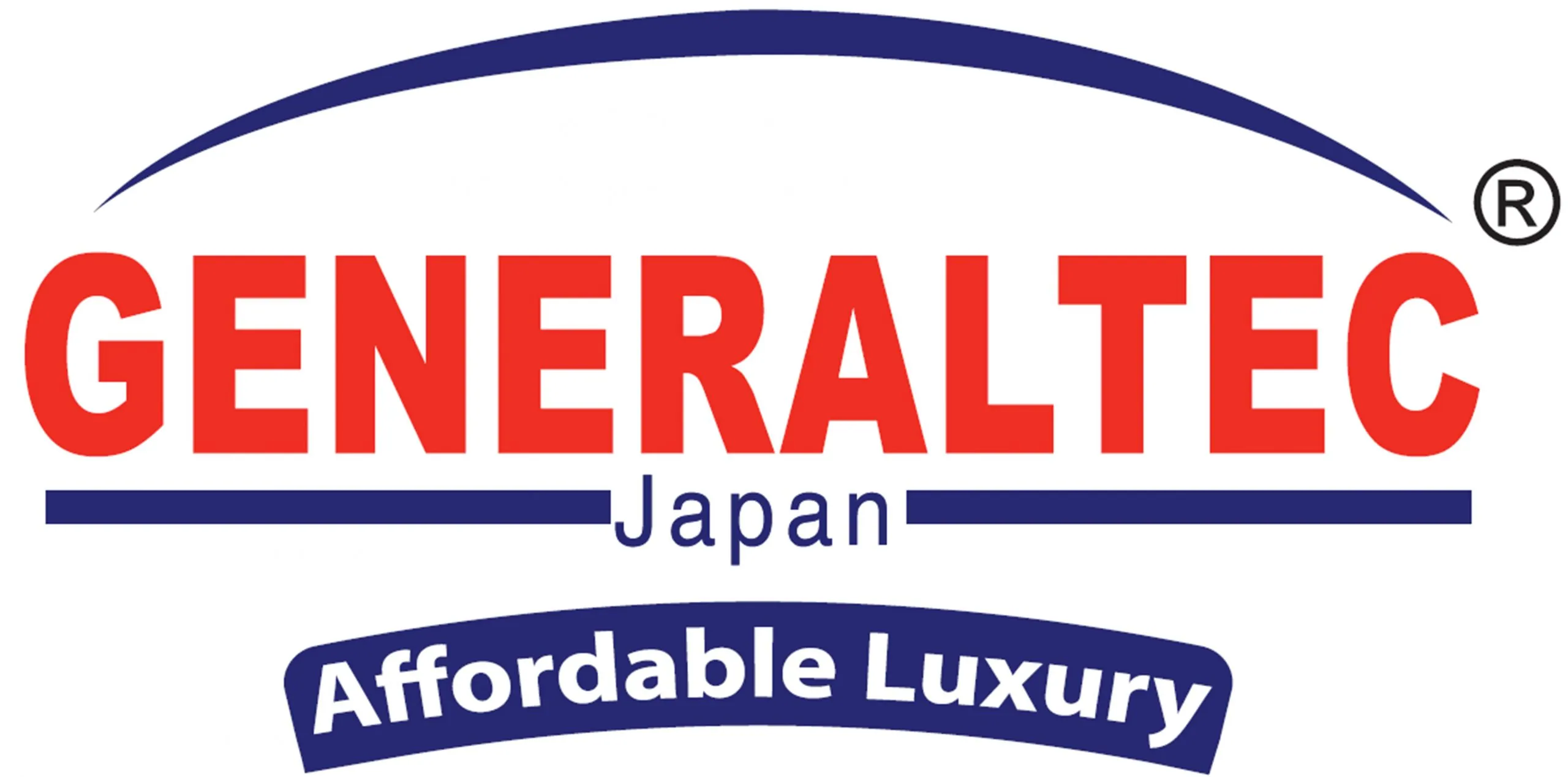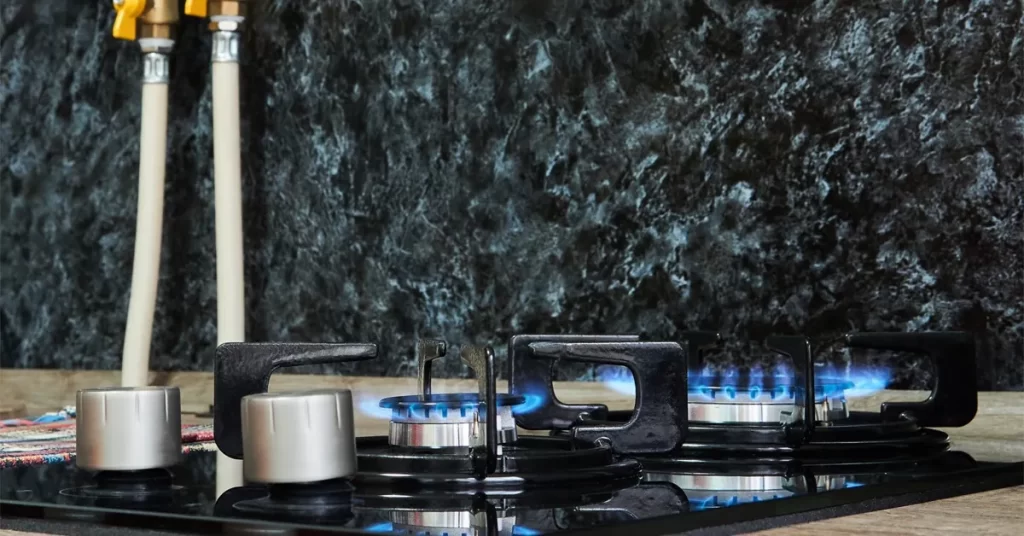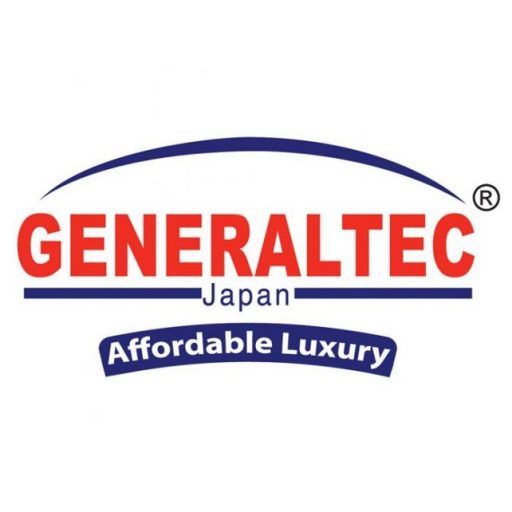Cooking Hob Types: Gas, Electric, and Induction:Finding Your Perfect Match in the Kitchen
Introduction
Welcome to the heart of your kitchen the cooking hob Your cooking experience can be greatly enhanced by selecting the correct hob. The three primary types of hobs gas, electric, and induction will be discussed in this blog. Let’s explore and see which one would be the best suited for your cooking explorations. Each has its advantages and characteristics.
Gas Hobs: The Timeless Option
Characteristics:
Gas cooktops are similar to the trustworthy, long-time kitchen buddy. For many chefs, they are the best option since they provide accurate control and quick heat.
Pros:
Rapid heating, adjustable flame visibility, compatibility with a range of cookware, and frequently more economical.
Cons:
Grates and burners may be more difficult to clean, and they may not be as energy-efficient as some more recent alternatives.
Electric Hobs: Smooth and Steady
Characteristics:
The cool-headed and collected members of the kitchen family are the electric hobs. They are a popular option for many homes since they are simple to clean and consistently deliver heat.
Pros:
Even heat distribution, a smooth surface that’s easy to clean, and certain versions with extra features like safety controls and quick heating.
Cons:
The heat intensity may be a little harder to control and it takes longer to heat up and cool down than gas.
Induction Hobs: Modern technology
Personality:
Induction hobs are like the tech-savvy superheroes of the kitchen. They offer speed and efficiency by directly heating your cookware using magnetic fields.
Pros:
Safer choice because the surface stays cool, is energy-efficient, easy to clean, and instantaneous and accurate heat management.
Cons:
May be more expensive initially, requires special cookware that is compatible with induction, and may make a soft humming sound when in use.
Making the Right Choice
How do you choose your kitchen sweetheart now that you’ve met the contenders? Take into account these elements:
Cooking Style:
If you enjoy making quick adjustments and are drawn to the visual appeal of flames, the gas hob could be the perfect fit for you. It offers both the classic experience of cooking over an open flame and instantaneous heat control.For those who want a cooking surface that is easy to clean and offers even heat distribution, the electric hob may be the best option. Its flat surface guarantees even cooking, and cleaning it up after use is a breeze.The induction hob may win your heart if you’re looking for a high-tech and energy-efficient cooking experience. Its cutting-edge technology offers quick heating, accurate control, and an extra safe cool-to-the-touch surface.
Budget:
The gas hob is frequently more economical to use, both initially and in terms of continuous running expenses if you’re on a tight budget.The electric cooktop is reasonably priced and provides a good mix of functionality and cost. Think about the upfront costs and the long-term savings.For those who can afford to pay a somewhat higher price upfront for cutting-edge technology and possible energy savings, the induction hob may be a wise option. If you’re searching for a high-tech, energy-efficient cooking experience, the induction hob might win you over. Innovative technology provides extremely safe cool-to-the-touch surface, precise control, and rapid heating.
Kitchen Safety:
The induction hob is an exceptional option if safety is your primary concern, particularly if there are little children present. Because of its cool-to-the-touch surface, which lowers the chance of burns, this is a safe choice for families.
Although electric hobs include safety safeguards, one should exercise caution because the surface can remain hot after cooking. Make sure you’ve implemented the right safety precautions.Although they are usually safe, gas hobs require careful handling and ventilation because they have an open flame. Maintaining safety procedures is essential to reducing risks.
Cookware Compatibility:
For people who already own a variety of pots and pans, gas hobs are a useful option due to their versatility and compatibility with different types of cookware.Cookware with a flat bottom fits quite nicely on electric hobs. Make sure the kitchenware you currently own fits, or be ready to spend money on matching pots and pans.Cookware designed for induction hobs must have a magnetic base. Consider the extra expense if you don’t currently own cookware that is compatible with induction.
Conclusion
When picking your kitchen buddy, think about how you like to cook, how much you want to spend, what you want in the long run, and how safe it is. Each kind of stove has its own good and not-so-good things. Whether you like the old-fashioned gas stove, the simple electric one, or the cool induction stove, your perfect kitchen friend is there to make your cooking better.











